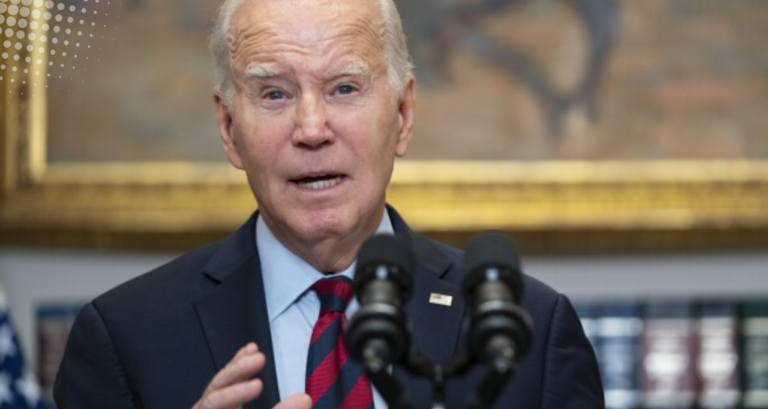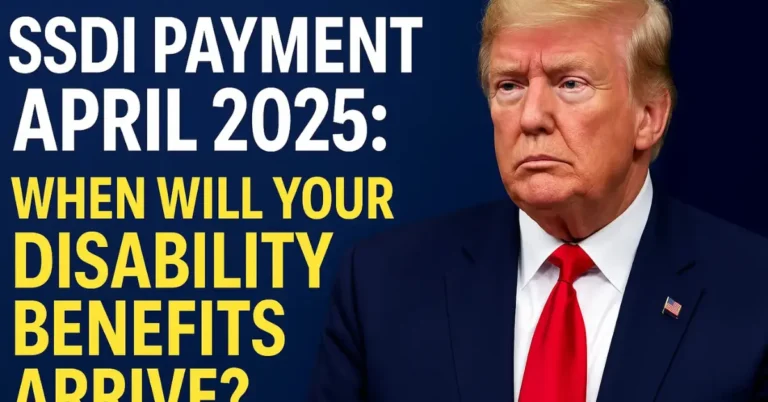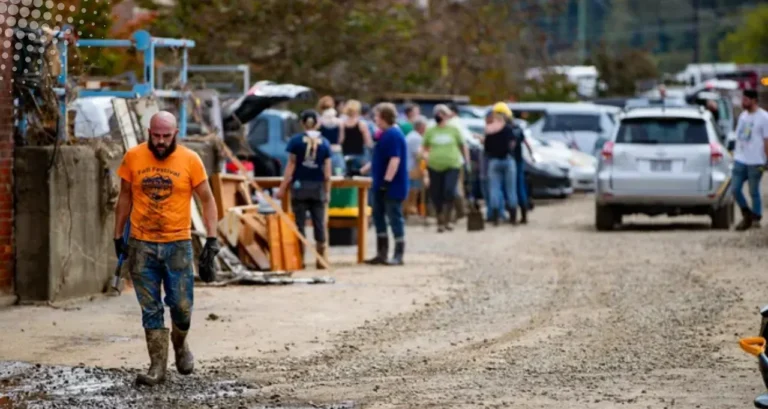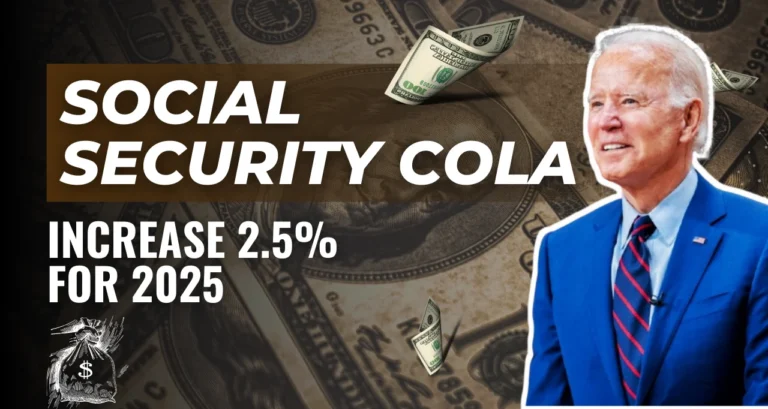Almost 80% of Americans Fear a Retirement Age Increase – What’s the Real Reason?
With the U.S. political landscape heating up, many Americans are concerned about the future of Social Security and retirement benefits. One of the most contentious issues is the potential for an increase in the retirement age. As policymakers discuss possible changes, it’s clear that the fear of a raised retirement age is widespread. According to a recent poll by Quinnipiac University, nearly 80% of Americans oppose raising the full retirement age from 67 to 70.
But is it just the delayed Social Security benefits that have people worried? The real concern runs much deeper – it’s about financial preparedness. Many Americans are grappling with the fear that they won’t have enough money saved to retire comfortably, regardless of when Social Security kicks in.
Why Are Americans Worried About Retirement?
The fear surrounding retirement isn’t solely due to potential legislative changes. The more significant concern is that most people feel financially unprepared. According to the same Quinnipiac poll, 68% of Americans are worried that they won’t have enough savings to retire securely.
This concern is valid. Current retirement savings statistics reveal a troubling picture. While experts recommend that individuals save approximately $555,000 for retirement, the actual number of people reaching that target is shockingly low. According to data from Yahoo! Finance, only 12% of American retirees have managed to save this much.
Average Retirement Savings by Age: Where Do You Stand?
Looking deeper into the financial landscape, the 2019 Survey of Consumer Finances provides a clearer picture of the average retirement savings balance for different age groups. While some individuals may have saved more, others may have much less, contributing to the widespread fear about being able to retire comfortably.
| Age Group | Average Retirement Savings Balance |
|---|---|
| 35 or under | $30,170 |
| 35-44 | $131,950 |
| 45-54 | $254,720 |
| 55-64 | $408,420 |
| 65-74 | $426,070 |
The numbers indicate that many Americans are falling short of their savings goals. For those nearing retirement age, these figures highlight the challenge of meeting financial needs without sufficient savings.
The Potential Impact of Raising the Retirement Age
The concept of raising the full retirement age to 70 is a hot topic in U.S. politics. Under current Social Security rules, people born in 1960 or later are eligible for full benefits at age 67. However, some policymakers argue that increasing life expectancy and demographic shifts make a retirement age increase necessary to maintain Social Security’s solvency.
If the retirement age is raised to 70, it would delay the full payout of Social Security benefits by three additional years for future retirees. While this may be a financial necessity for the government, the idea is deeply unpopular with the general public, many of whom are already facing economic uncertainty.
The Bigger Issue: Financial Preparedness for Retirement
The debate over retirement age often overshadows the larger issue: many Americans don’t feel financially prepared to retire. A recent Gallup poll found that over 50% of U.S. adults expect to rely on Social Security for a significant portion of their retirement income. But with retirement savings at historically low levels, there’s growing concern that Social Security benefits alone won’t be enough.
The 2023 Transamerica Retirement Survey reveals that 49% of workers feel that their retirement savings are insufficient. This is especially true for younger workers, who may be burdened by student loans, high living costs, and uncertain economic conditions. With Social Security’s future up in the air, many Americans fear they won’t be able to retire at all.
Strategies to Improve Retirement Savings
Given these concerns, how can Americans improve their retirement savings? Experts recommend several strategies:
1. Start Early
The earlier you start saving for retirement, the more time your investments have to grow. Compound interest allows even modest contributions to accumulate significantly over time. Financial planners often advise contributing to a 401(k) or IRA as soon as possible, even if you can only afford small amounts at first.
2. Maximize Employer Contributions
If your employer offers a 401(k) match, take full advantage of it. This is essentially “free money” that can significantly boost your retirement savings. According to a study by Fidelity Investments, more than 20% of employees fail to maximize their employer match, leaving thousands of dollars on the table.
3. Diversify Your Investments
Relying solely on Social Security is risky, given the uncertainty surrounding future benefits. Financial experts suggest diversifying your retirement portfolio to include a mix of stocks, bonds, and other investment vehicles. A well-balanced portfolio can provide additional security and mitigate potential losses.
4. Delay Retirement If Possible
While raising the retirement age may be unpopular, delaying your retirement voluntarily can significantly increase your benefits. For every year you wait to claim Social Security after your full retirement age, your benefits increase by 8% until you reach age 70. This can be a valuable strategy for those who are financially able to continue working.
5. Consult a Financial Advisor
If you’re unsure where to start, consulting with a financial advisor can help. Services like SmartAsset allow individuals to connect with fiduciary financial advisors who can help create a personalized retirement plan based on individual goals and needs.
The Role of Financial Literacy in Retirement Planning
Improving financial literacy is another crucial element in preparing for retirement. Many Americans don’t fully understand how much they need to save or how to invest effectively for the future. According to a National Financial Capability Study, only 34% of U.S. adults can answer basic financial literacy questions.
Improving education around personal finance, investments, and retirement planning could help close the retirement savings gap. This is especially important as people increasingly need to take responsibility for their own retirement planning, with fewer companies offering traditional pension plans.
Is Social Security Enough?
For many Americans, Social Security remains a crucial part of their retirement plans. But as the debate over raising the retirement age continues, it’s clear that relying on Social Security alone won’t be sufficient for most retirees. As life expectancy increases, and economic conditions change, many workers will need to rely more on personal savings, investments, and other sources of income in retirement.
While raising the retirement age may be necessary to ensure the long-term viability of Social Security, it’s also a wake-up call for Americans to take a closer look at their financial preparedness. Starting early, maximizing employer contributions, and seeking professional advice are all essential steps to building a secure retirement.
Conclusion
As discussions about raising the retirement age continue, the deeper issue of financial preparedness looms large. While delaying Social Security benefits may be inevitable for future retirees, ensuring that Americans have the resources to retire comfortably is even more pressing. By taking proactive steps, such as improving financial literacy, starting early, and consulting with financial professionals, Americans can better prepare for a secure retirement.
FAQs
Why is there talk of raising the retirement age?
Policymakers are considering raising the retirement age to ensure the long-term sustainability of Social Security, as the population ages and life expectancy increases.
What percentage of Americans feel financially unprepared for retirement?
According to recent polls, 68% of Americans are concerned that they won’t have enough money to retire comfortably.
How much should I save for retirement?
Experts recommend saving around $555,000 for retirement, although this figure can vary based on individual circumstances.
What are the average retirement savings by age?
On average, individuals aged 55-64 have $408,420 saved, while those 65-74 have around $426,070 in retirement savings.
How can I boost my retirement savings?
Start saving early, maximize employer contributions, diversify your investments, and consult a financial advisor for personalized retirement strategies.







